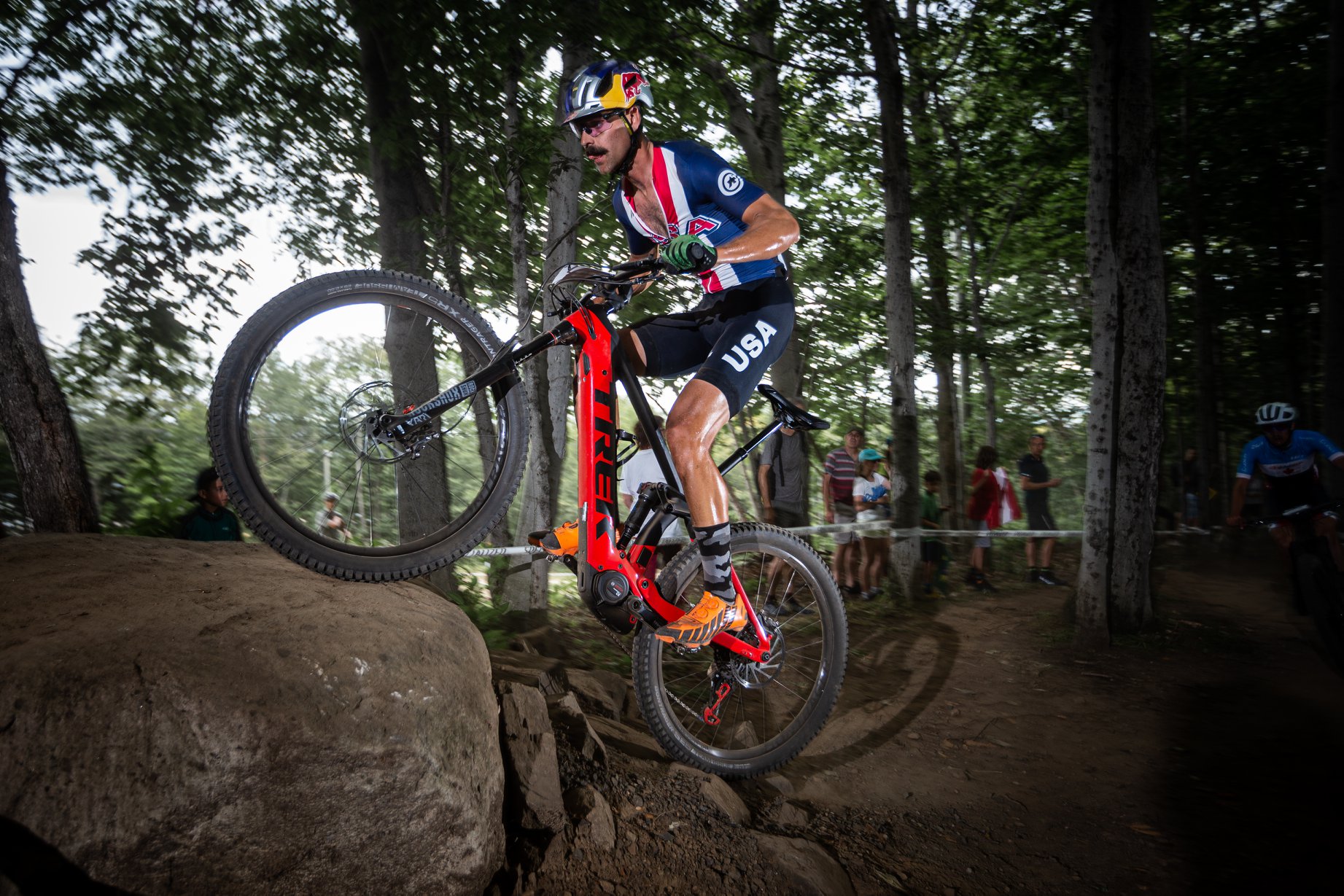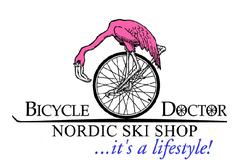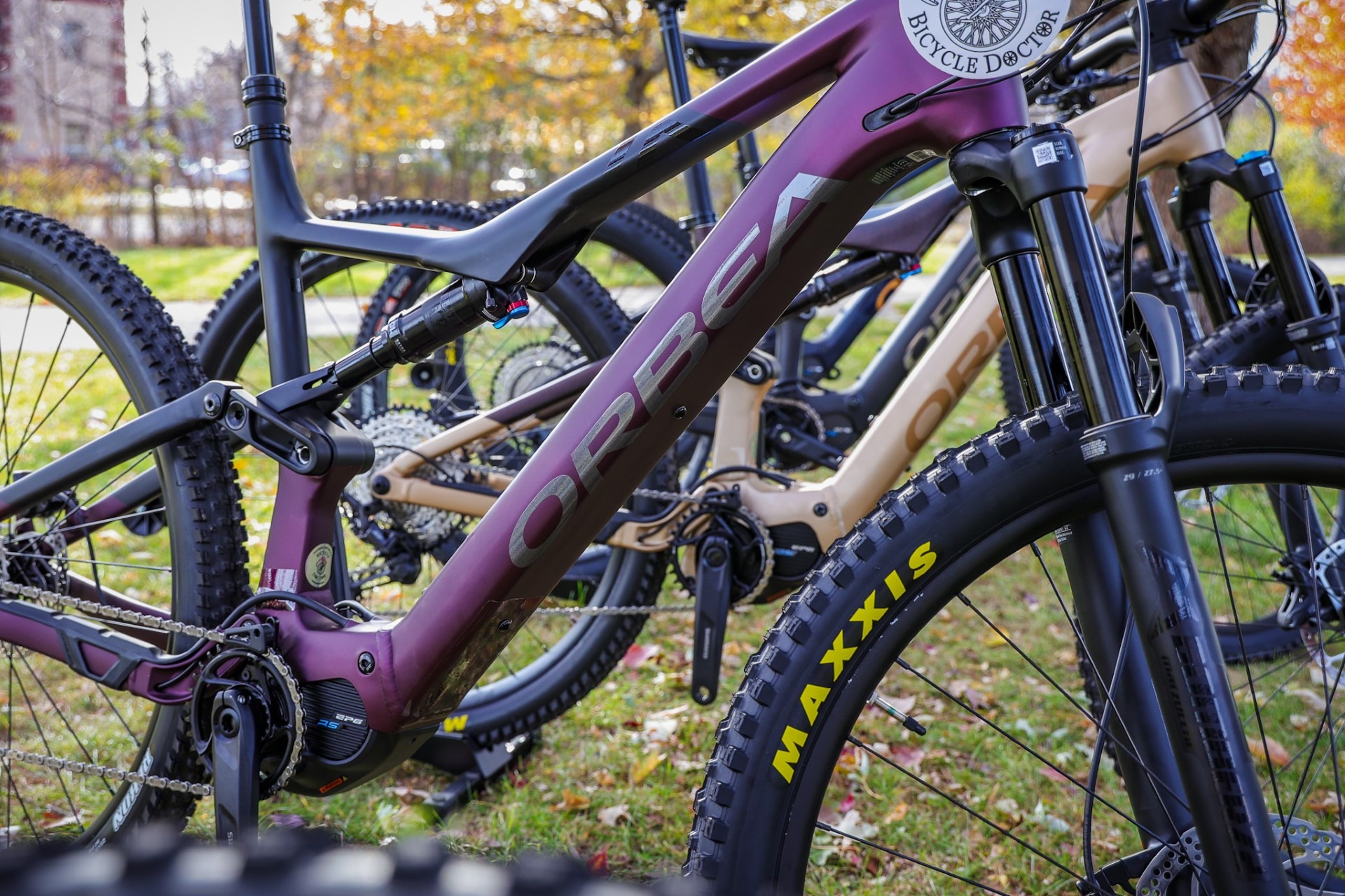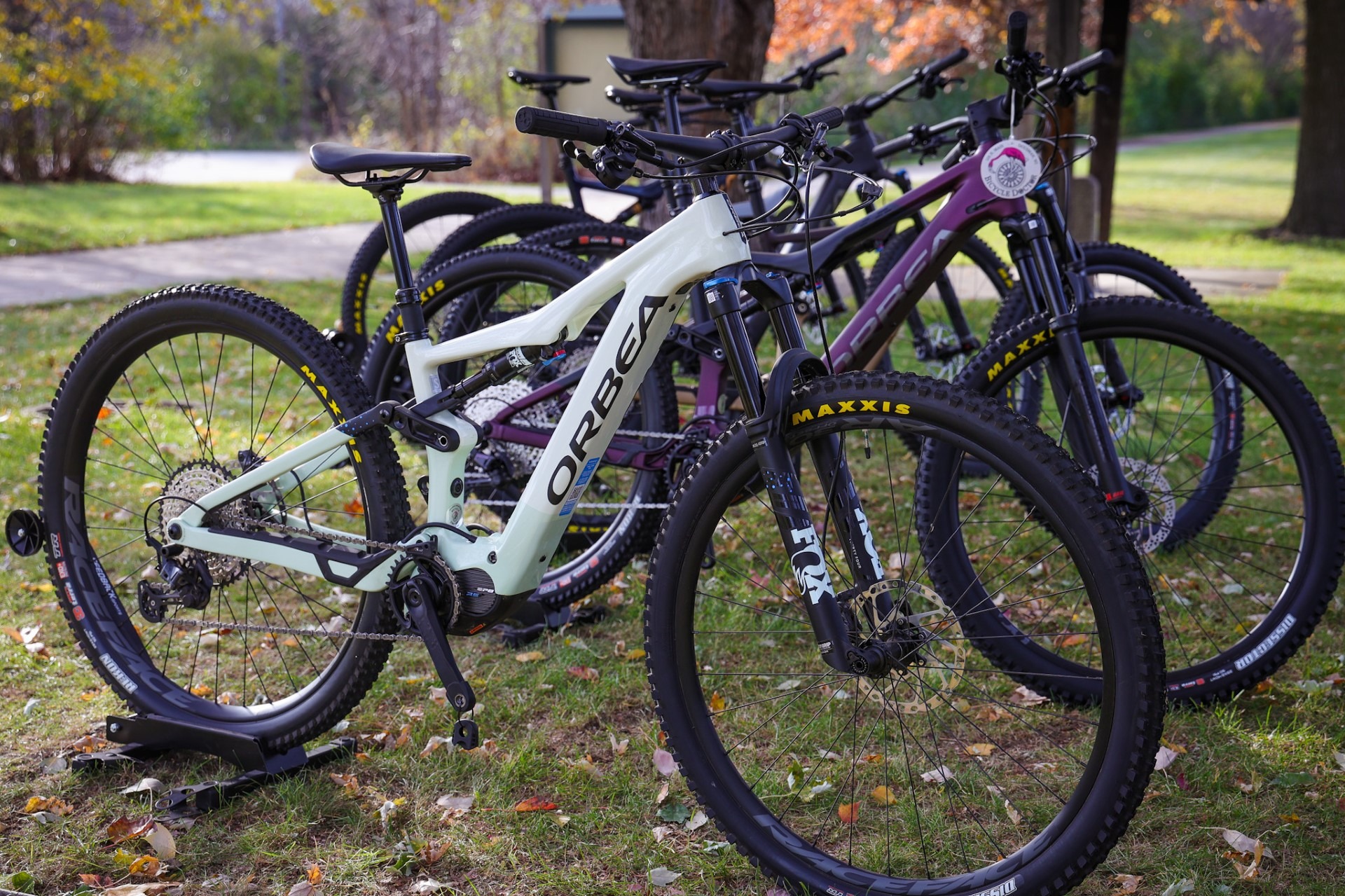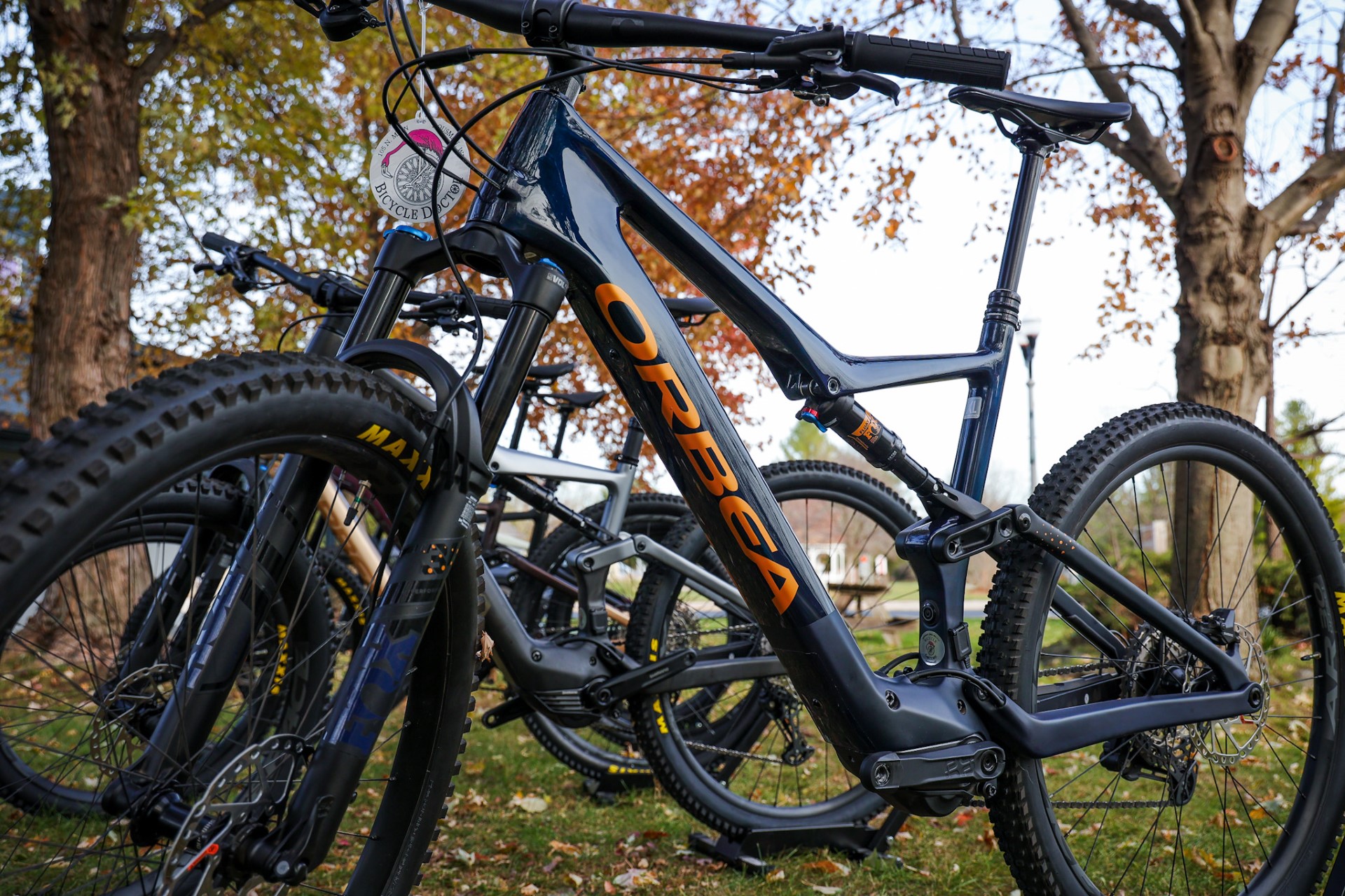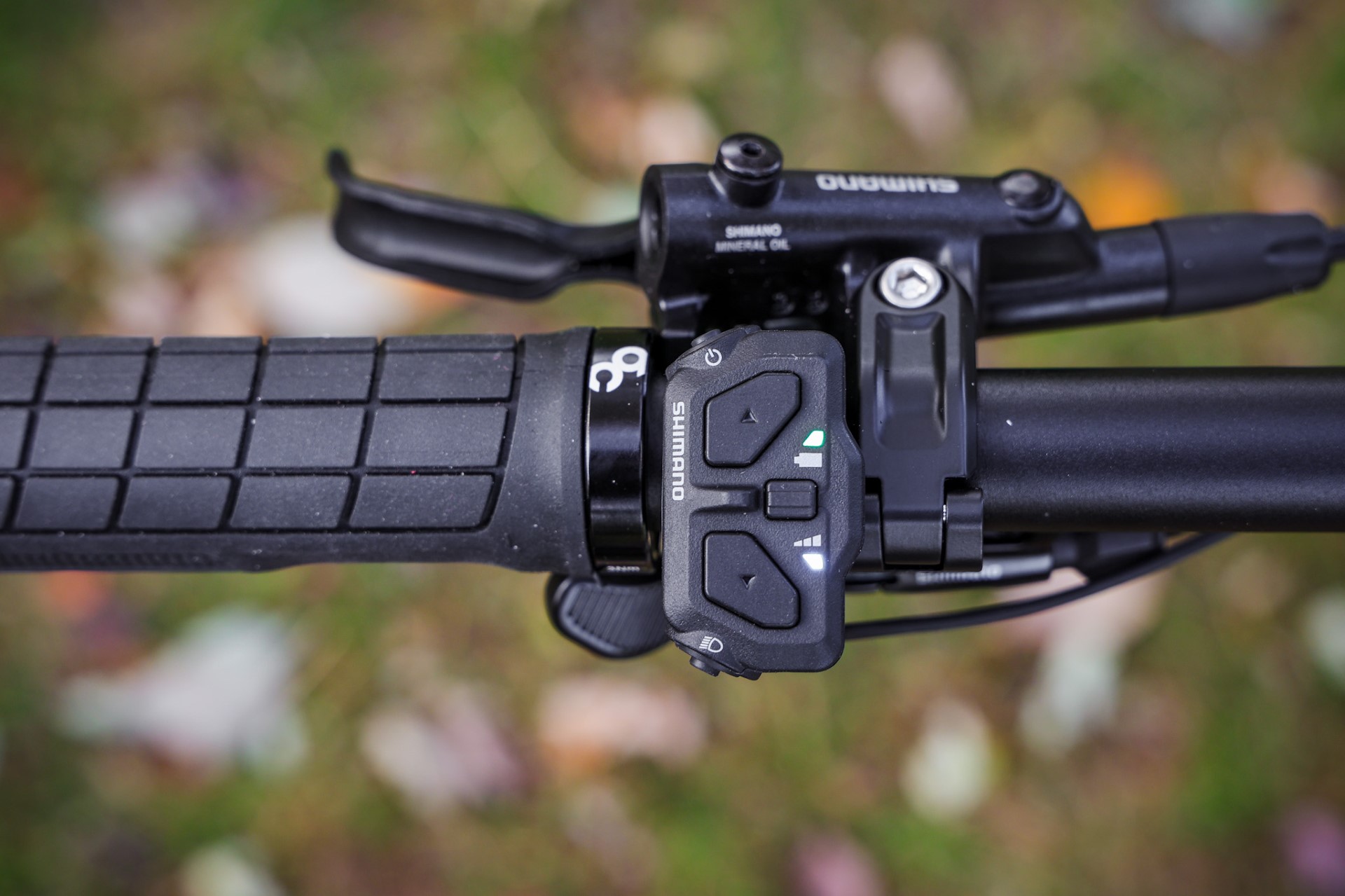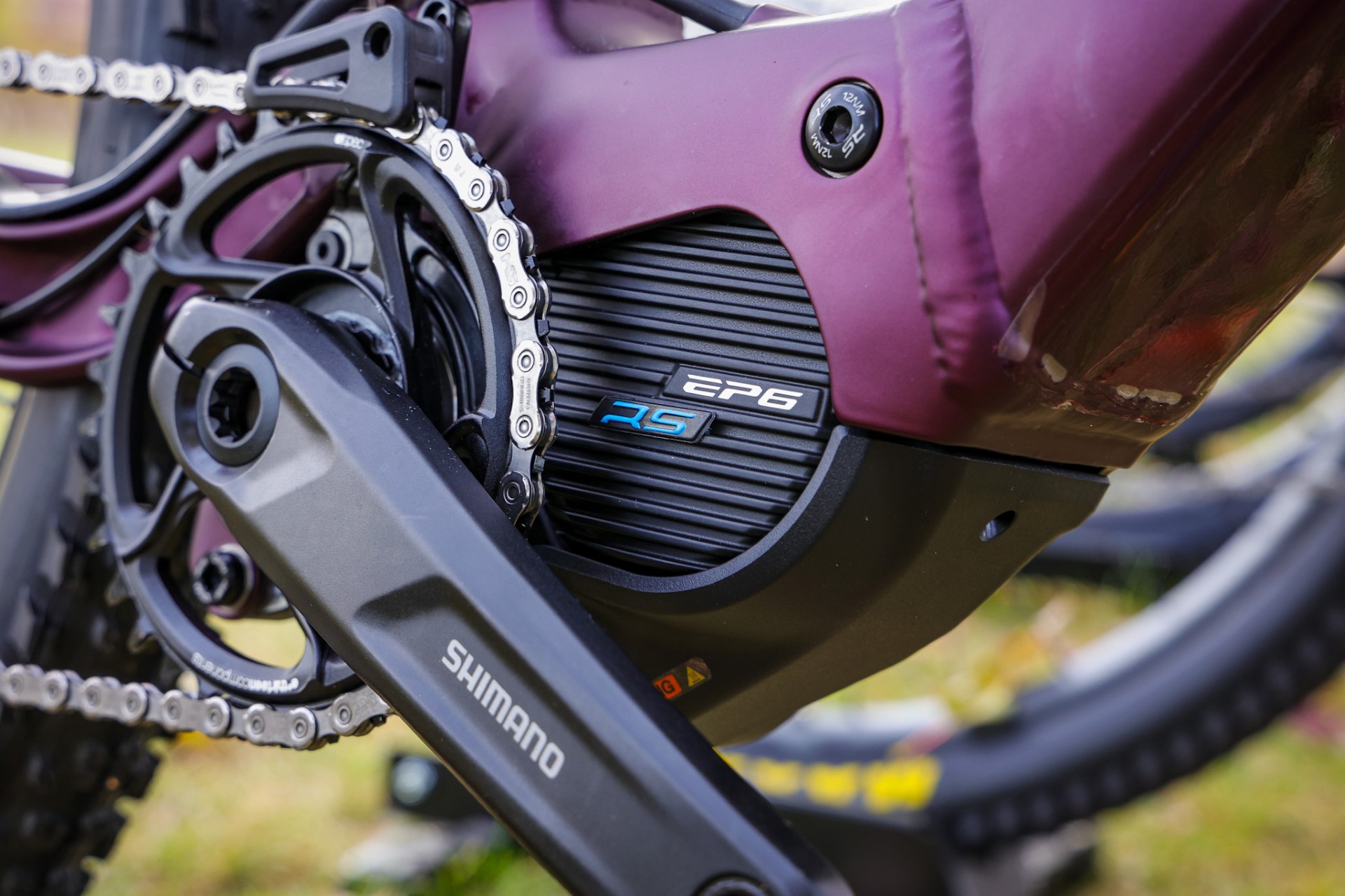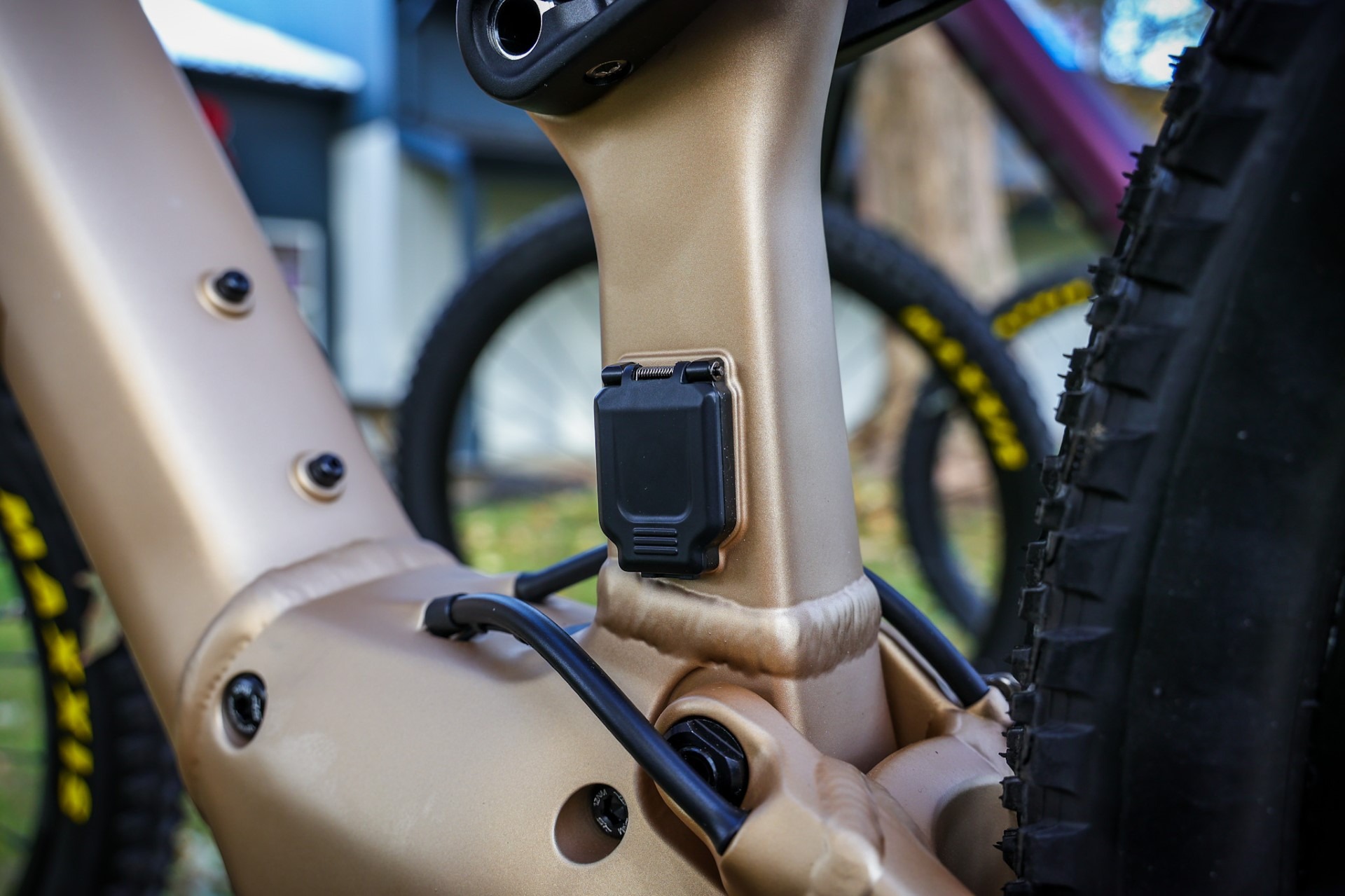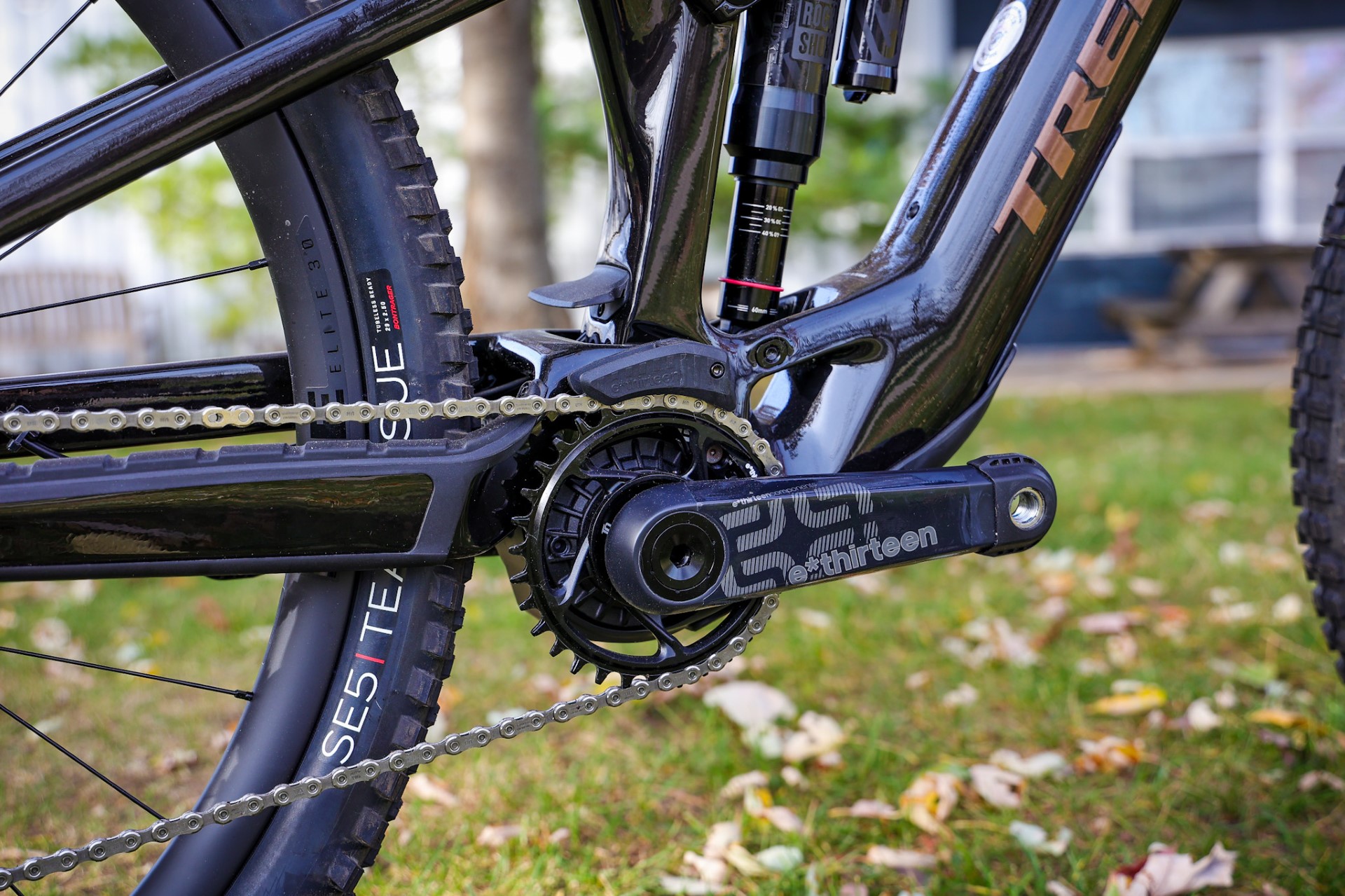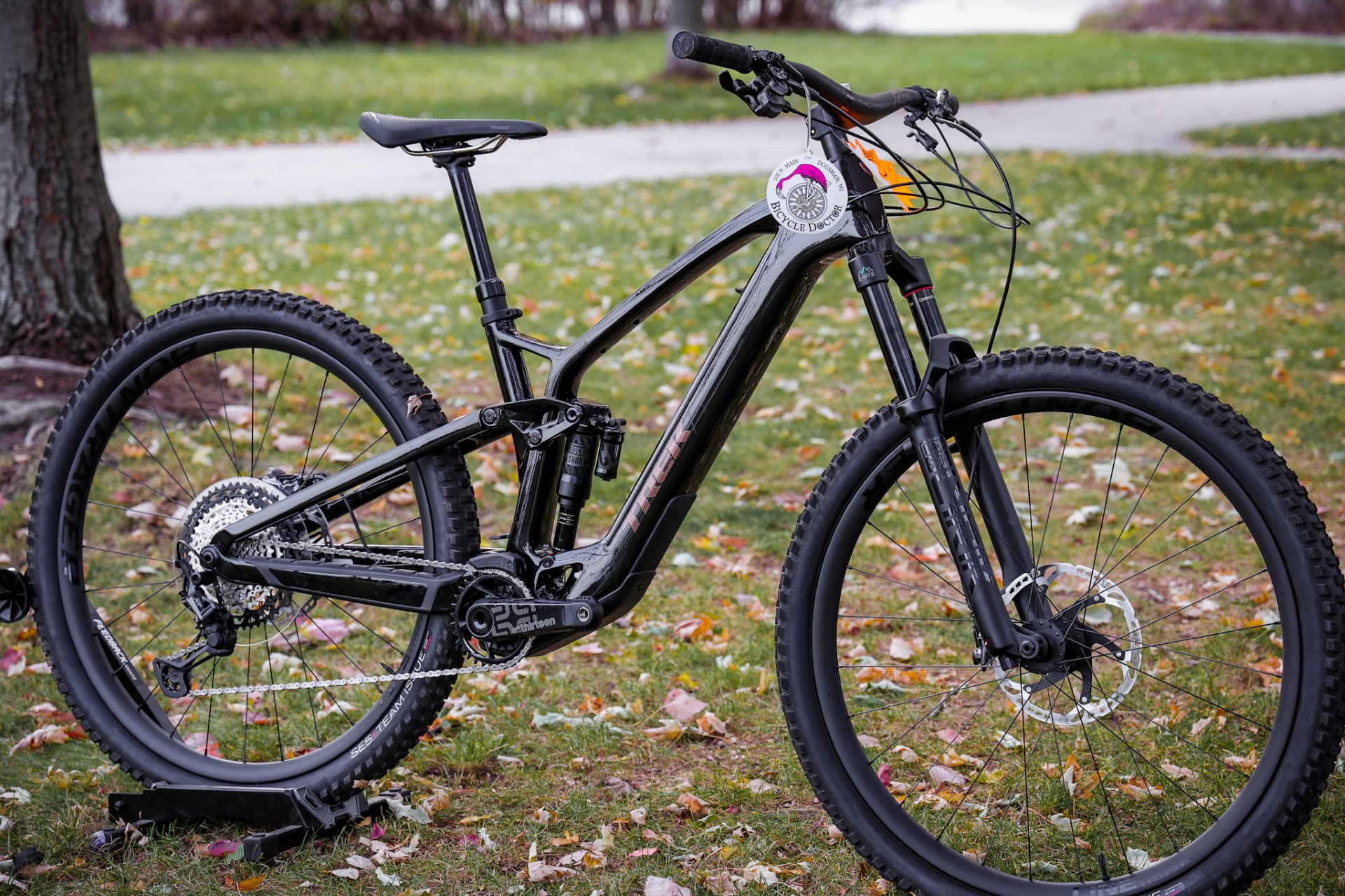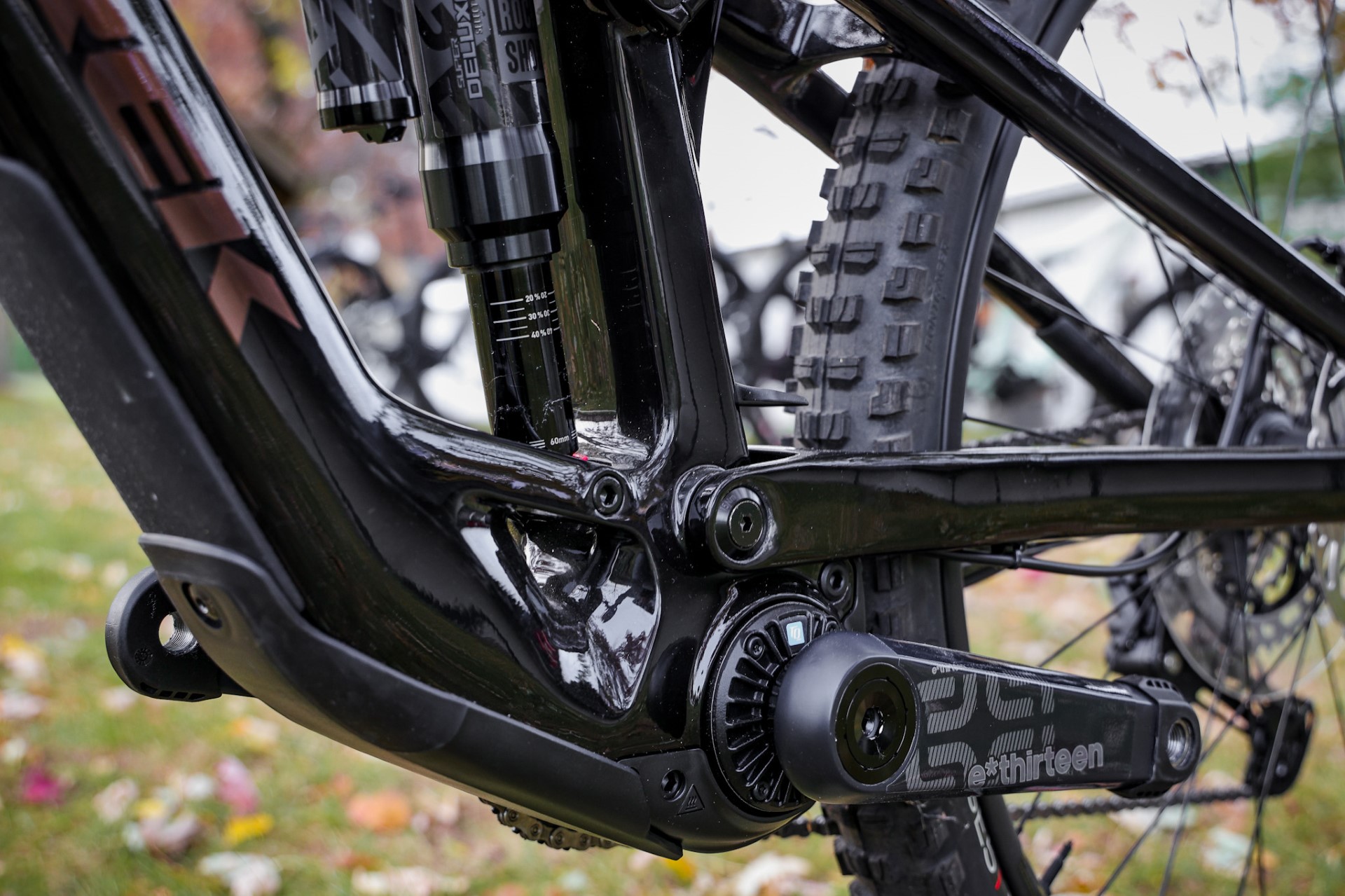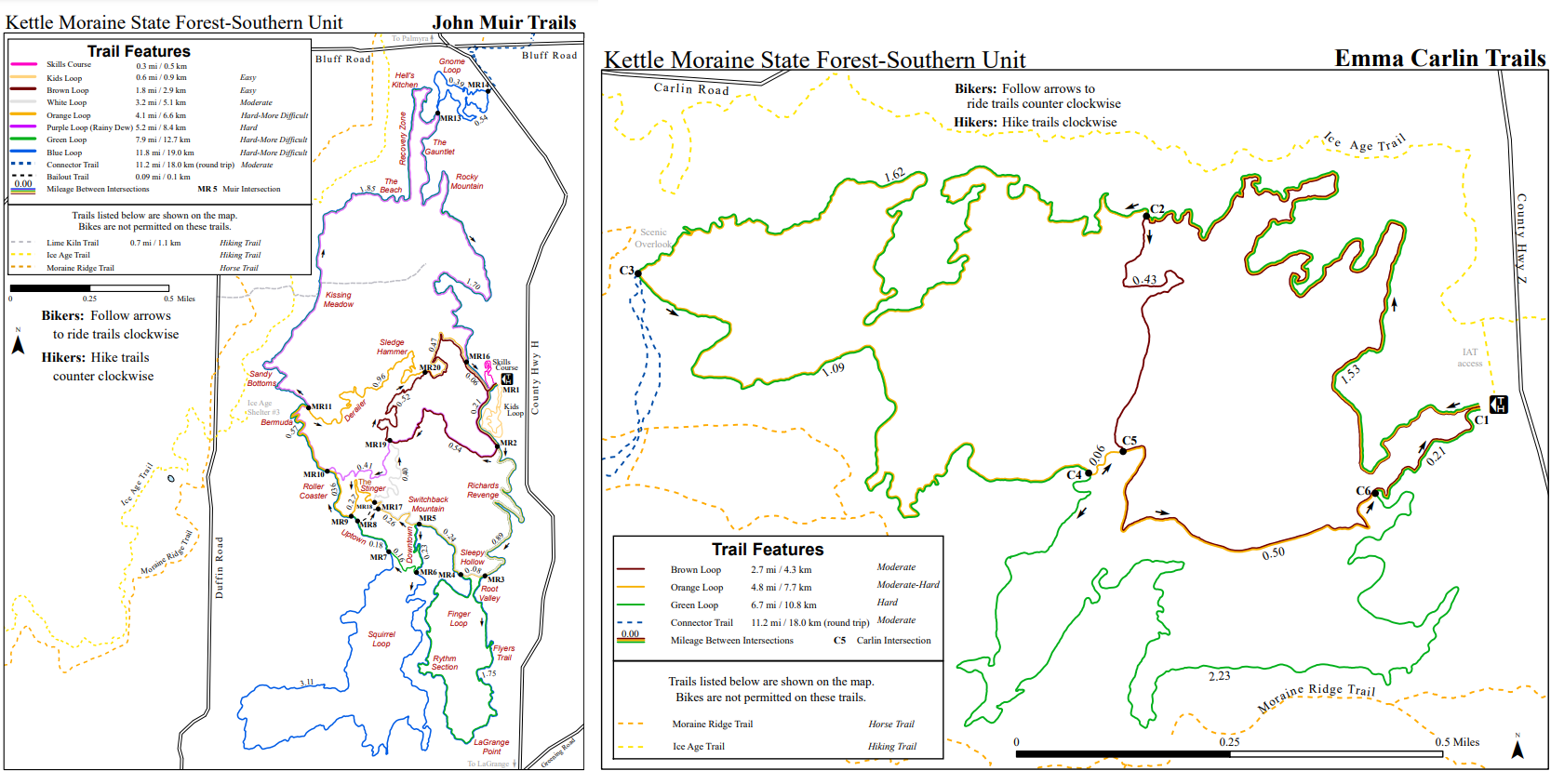 Rise and Grind - How Hard Should Mountain Biking Be?
Rise and Grind - How Hard Should Mountain Biking Be?
Running a marathon is a popular bucket list item for a reason, it's both difficult but approachable with proper training and a healthy body. The challenge of the marathon is about proving to yourself that you can do it if you put your mind to it. That's the question many people are trying to answer - can I do this?
Choosing to venture out on the longer loops at popular mountain bike trails could pose a similar internal debate. While most riders are capable of going the distance with proper training and a healthy body, what happens when commitments cut into ride time, or the body doesn't move like it used to? Making the decision to tackle the 10-mile loop vs. the 4-mile is not the same for everyone. Let's go one bigger and consider the decision to ride one trail system or another. Our local Souther Kettle Moraine trails feature two trailheads, John Muir and Emma Carlin, with a connecter trail that can be ridden from the outer loop of one to the outer loop of the other. The out-and-back style loop from one trailhead to the other using the connecter trail totals approximately 33 miles and can be started from multiple access points along the connector We refer to it as 'the system', a 33 mile out-and-back style loop from multiple starting points. It can be doable for most intermediate level riders, but the degree of difficulty is going to vary.
To put the effort into perspective, the winning time for this loop at the 2023 Fall Color Festival was 2 hours and 37 minutes. The average power output of a strong rider capable of placing well at a race like this is somewhere between 200-250 watts, with dozens of frequent bursts between 300-500 watts. Skill plays an important role, too. Riders that can maintain speed more effectively through technical features and corners get to use their energy more efficiently, thus allowing them to double down on physically demanding sections of the trail where time gaps compound further. Average power output will fluctuate based on rider weight and skill level.
To finish a marathon in a time of two and a half hours would obviously require different energy demands than riding the system in two and a half hours, but the time commitment and authenticity of effort for each endeavor are not dissimilar. However, what is possible varies from person to person. Rate of perceived exertion becomes the common denominator between a 2-hour finisher and 5-hour finisher and is possibly the best measure of authenticity for the efforts performed. Like many things we do for enjoyment, a bell-curve exists with a sweet spot somewhere between too little and too much.
This is about mountain biking, an activity best enjoyed over and over again. If it's not hard enough, boredom takes over and interest is lost. But if it's too hard, injuries could pop up or the pursuit is given up. Physical ability can limit the distance one can ride, also limiting the number of options that rider has at the trailhead. The latest electric assist technology can offer up the entire trailhead menu for avid cyclists hungry for the bigger loops, previously limited to shorter loops but unwilling to give up their lightweight un-assisted mountain bike.
Orbea Rise Numbers
Front suspension travel: 140-150mm
Rear suspension travel: 140mm
Motor: Shimano EP 8 RS (carbon model), Shimano EP 6 RS (aluminum model)
Battery: 360Wh (carbon model), 540Wh (aluminum model)
Maximum continuous power output: 250 watts
Maximum peak power output: 500 watts
Peak torque: 60Nm (detuned from 85NM to offer better battery efficiency and more natural ride characteristics)
Total bike weight: 42.5 pounds (M20 carbon), 46 pounds (H20 aluminum)
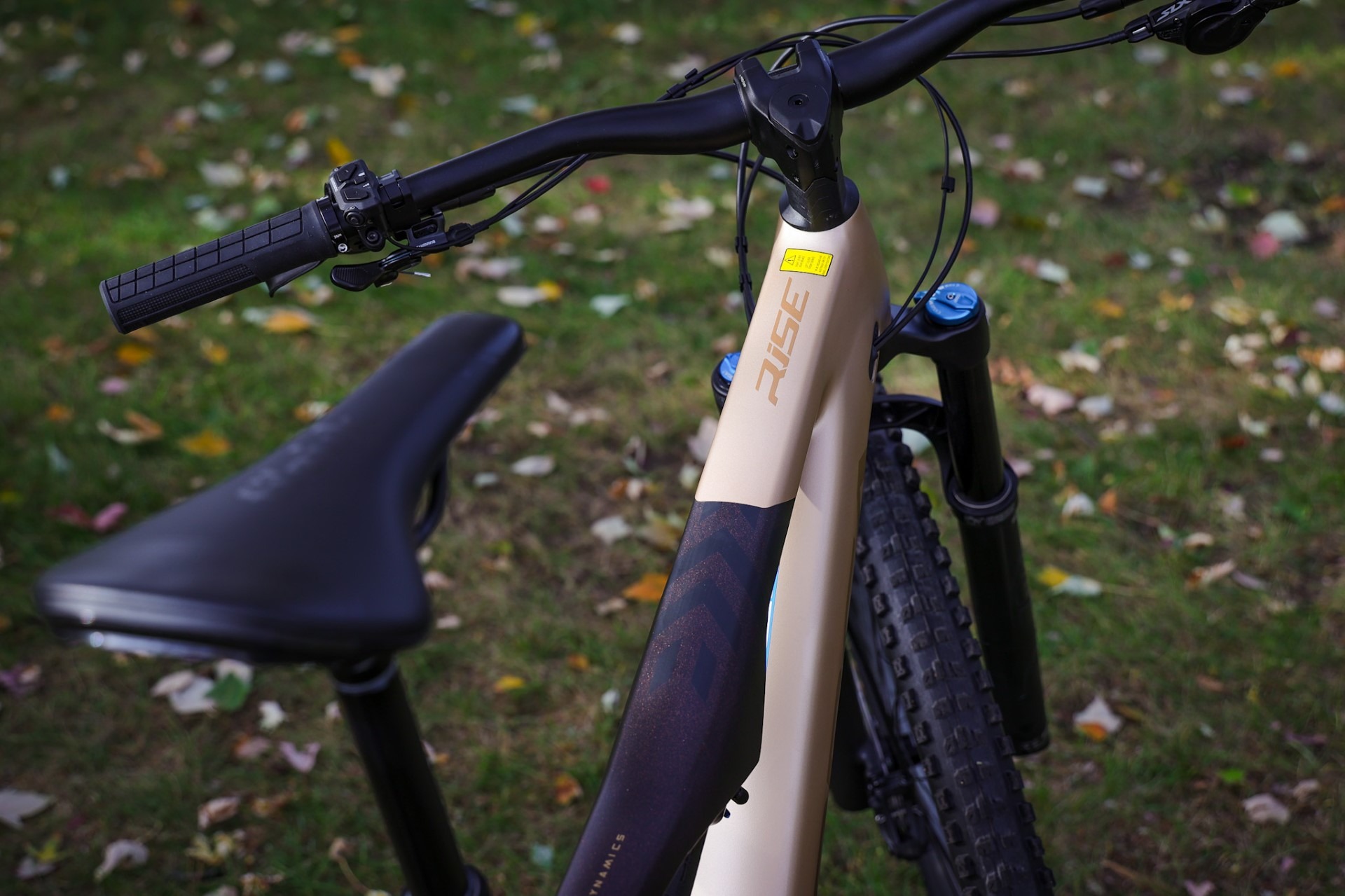
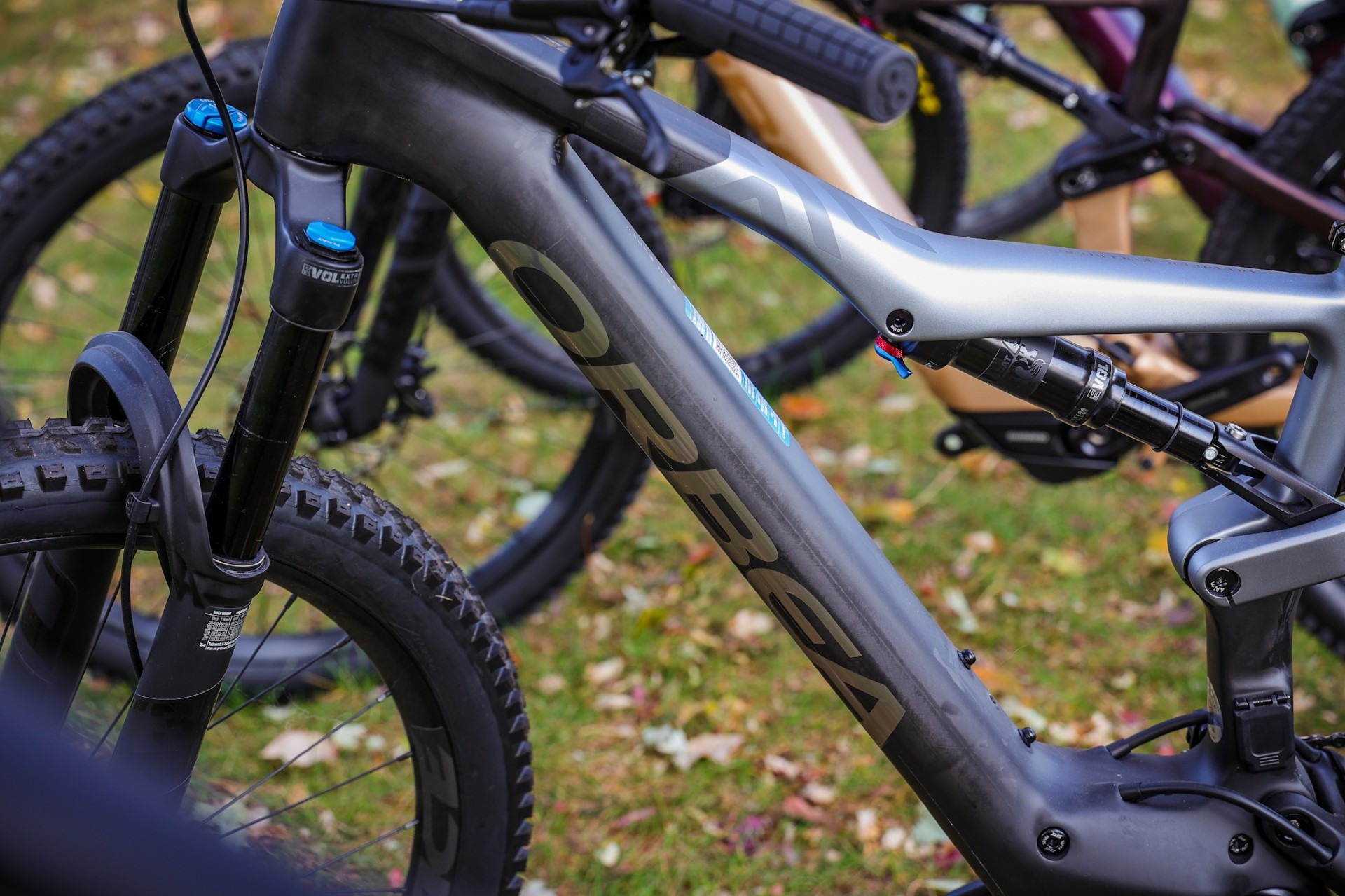
Trek Fuel EXe Numbers
Front suspension travel: 150mm
Rear suspension travel: 140mm
Motor: TQ
Battery: 360Wh
Maximum continuous power output: 250 watts
Maximum peak power output: 300 watts
Peak torque: 50Nm
Total bike weight: 39.5 pounds (9.8 XT carbon), 44.5 pounds (8 XT aluminum)
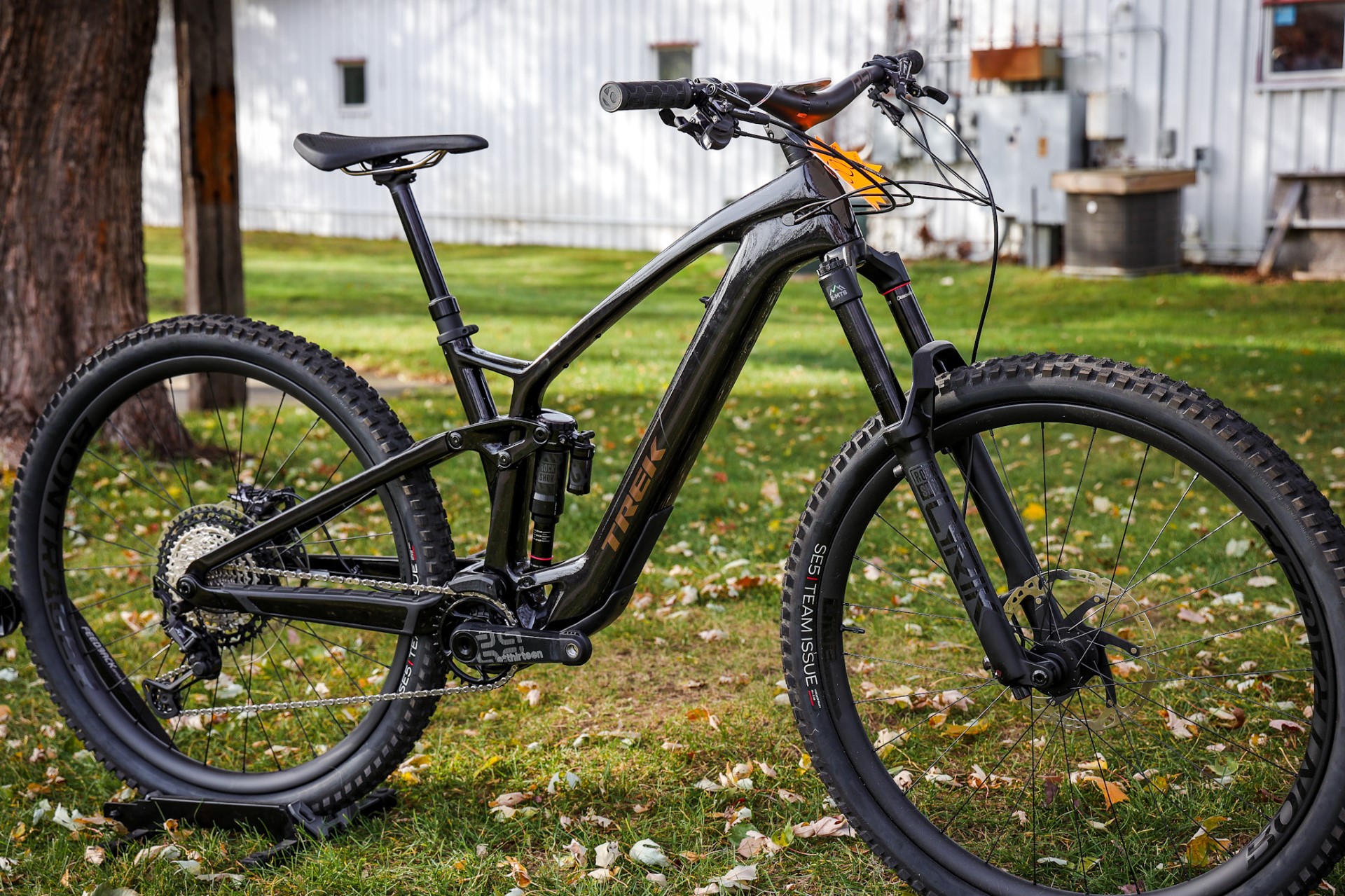
Both bikes have more suspension travel than a true cross country mountain bike; ready to compensate for skill level and the weight added by the e-mtb system to stabilize handling. There's no benefit to more speed if it can't be controlled. The maximum continuous power output is nearly spot on to the average power of a strong rider, and maximum peak power output is within the range of a strong rider's repeatable burst power. However, on decisive sections of trail, a strong rider is capable of tapping into 800+ watts of natural power only a handful of times before losing significant power to exhaustion. An advanced rider is still going to be able to ride away from an electric assist mountain bike piloted by a rider with less fitness and lower skill level.
E-MTB's are being utilized as recovery and training tools for professional riders closely monitoring their energy expenditure to squeeze in as much ride time as possible without going over their limit. The world stage even has a dedicated competitive e-mtb category, with past and current Olympians and world champions from traditional disciplines getting in on the fun.
This is going to relate to some riders, but not all. We think it's better to have the option of having more options, than not. Everyone is in pursuit of a different goal, but the interest to go mountain biking is the same. Let's keep it that way.
